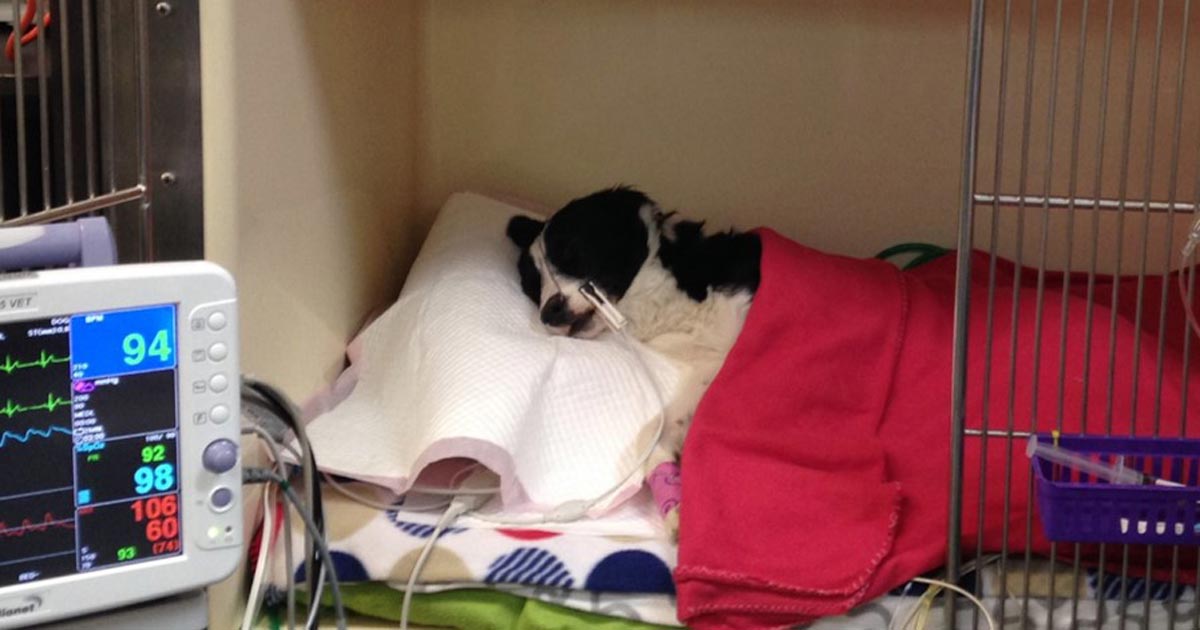Tag: Haemoglobin
-
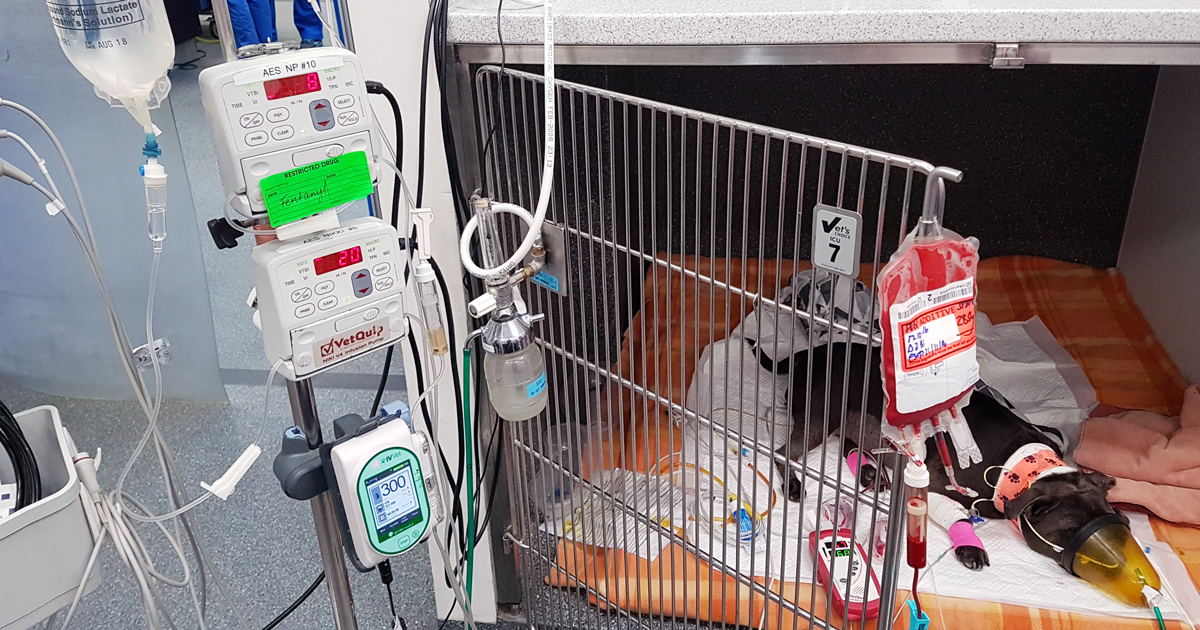
Blood transfusions, pt 1: clinical signs
—
by
I get asked frequently when is the right time to transfuse an anaemic patient? The difficulty lies in the fact not all anaemic patients require blood transfusions. Just because a patient has pale mucous membranes does not mean the patient needs a transfusion. The term commonly brought up during the discussion is “transfusion triggers present”.…
-
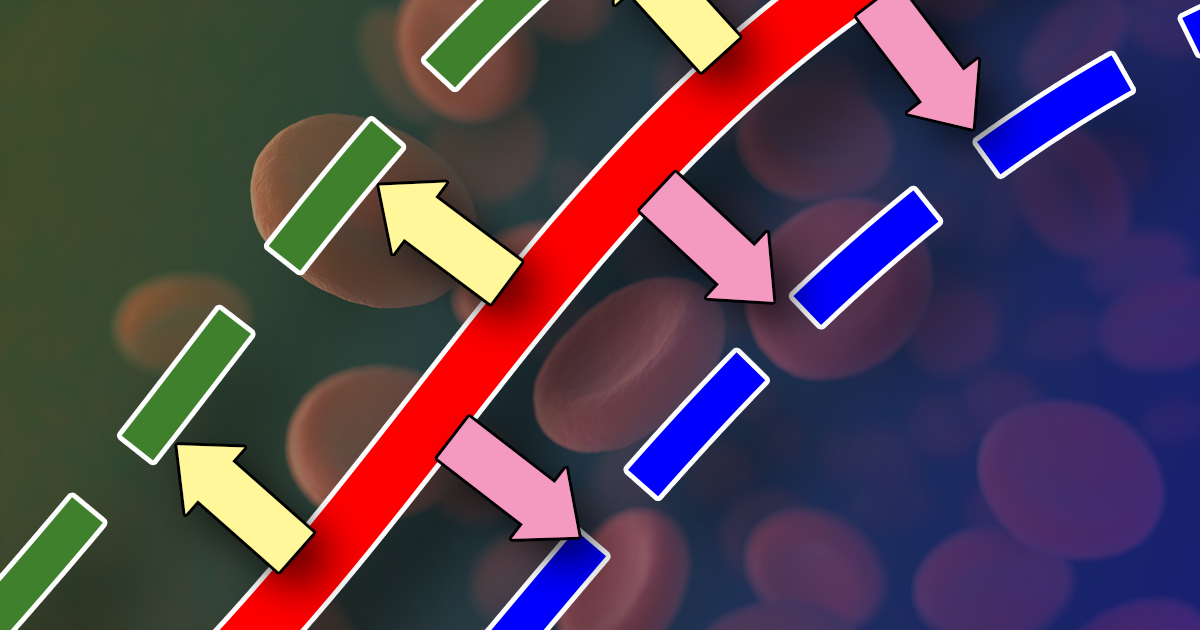
Oxyhaemoglobin dissociation curve, pt 4: left and right shift
—
by
In various disease and physiological states, the oxyhaemoglobin dissociation curve (OHDC) can shift either left or right. This indicates the increase, or decrease, of the haemoglobin’s (Hgb’s) affinity to oxygen, respectively. It is important to recognise the situations in which this happens, to manage patients effectively. Right shift A shift of the OHDC to the…
-
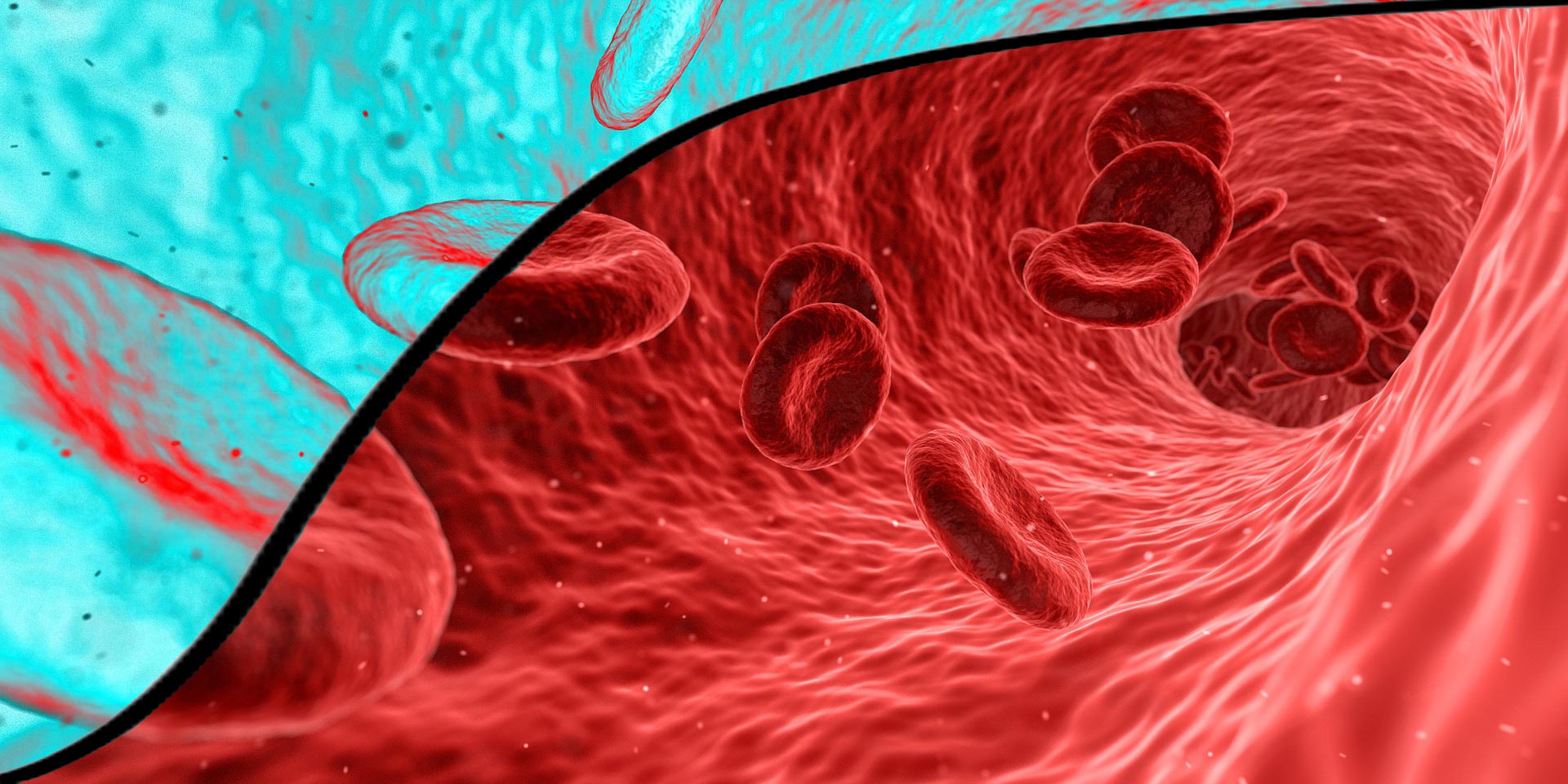
Oxyhaemoglobin dissociation curve, pt 3: what the curve means
—
by
The oxyhaemoglobin dissociation curve (OHDC) is a graphical description of the relationship between the partial pressure of oxygen (PO2; x-axis) and the oxygen saturation (y-axis). To make sense of this graph, we need to first understand the reasons that drive oxygen movement between the haemoglobin (Hgb) and the body tissue. Oxygen binding affinity The major…
-

Oxyhaemoglobin dissociation curve, pt 2: pulse oximetry’s limitations
—
by
Pulse oximetry is a useful, non-invasive method of measuring a patient’s oxygen saturation (SO2) and, under normal physiological circumstances, correlates well to the arterial oxygen saturation (SaO2). However, despite its ease of use and accessibility, it is not infallible. Circumstances exist that will undermine the accuracy of these readings – some with dire consequences if…
-
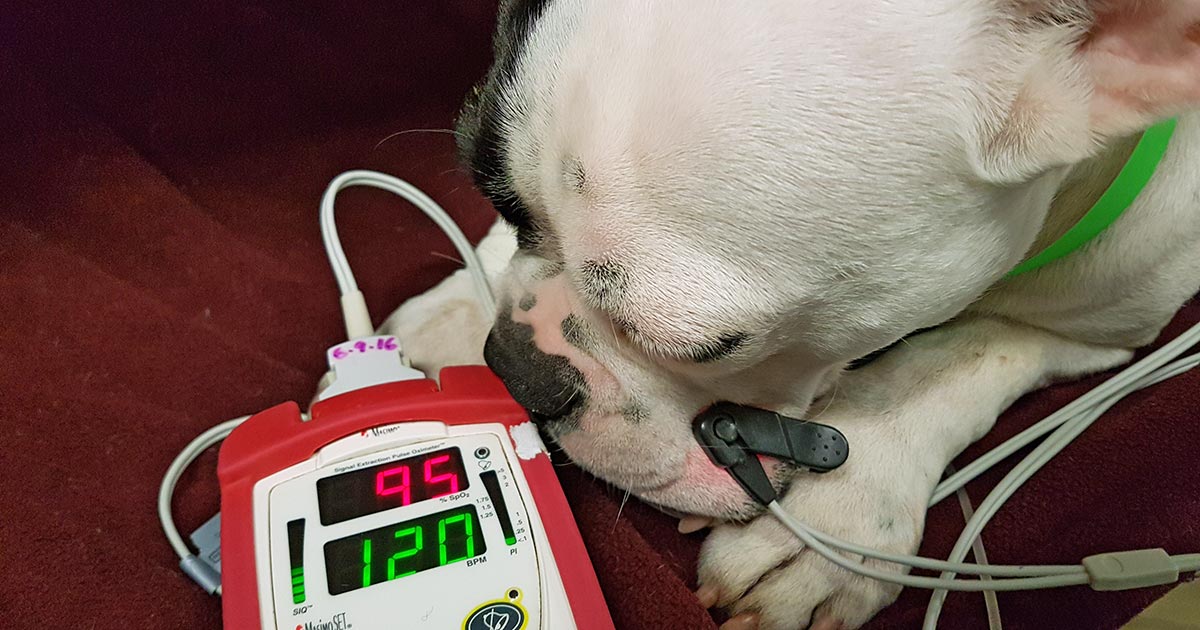
Oxyhaemoglobin dissociation curve, pt 1: oxygen saturation
—
by
With the widespread availability of pulse oximetry and its relative ease of use, it’s easy to become complacent and overly reliant on its values. One must remember pulse oximetry is only an indirect measurement of the arterial haemoglobin saturation, so these values are based on a series of assumptions on the other important factors that…
-
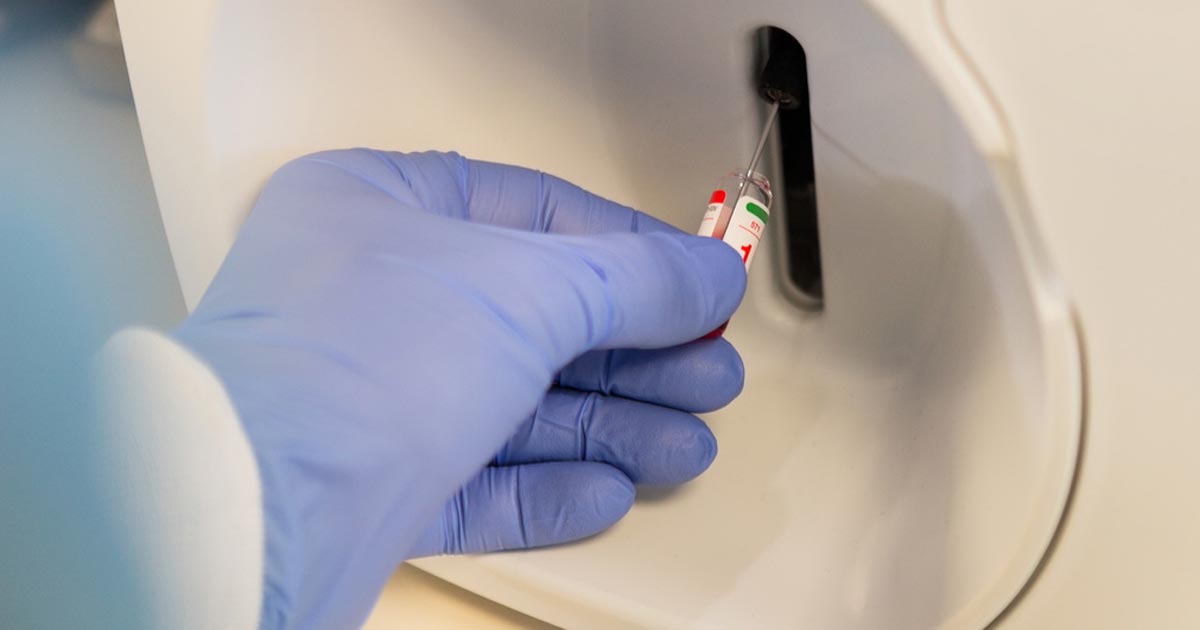
Blood gas analysis, pt 1: why everyone needs to know about it
—
by
For those of you who have received referral histories from emergency or specialists hospitals, blood gas analysis is probably no stranger to you. For those who have never heard of them before, fear not – you are in for a treat. In my emergency hospital, the blood gas analyser is arguably one of the most…
-
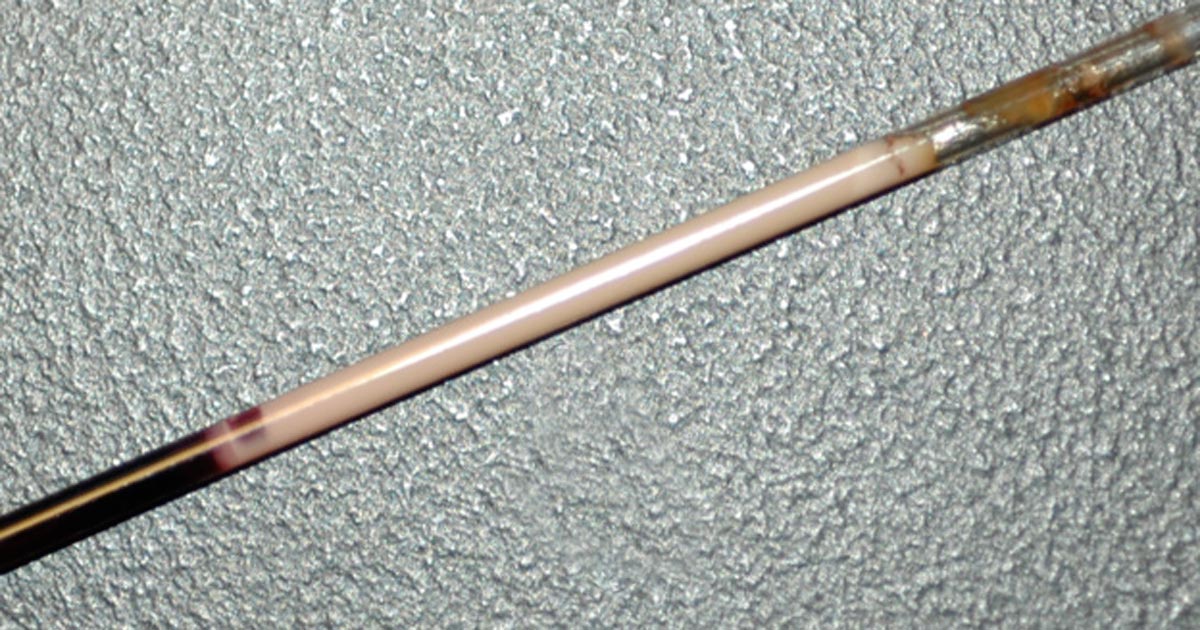
Lipaemia – the bane of biochemistry
—
by
Last week we covered haemolysed samples – this week we’re looking at lipaemic samples. Lipaemic samples are caused by an excess of lipoproteins in the blood, creating a milky/turbid appearance that interferes with multiple biochemical tests and can even cause haemolysis of red blood cells. Lipaemia can follow recent ingestion of a meal – especially…
-
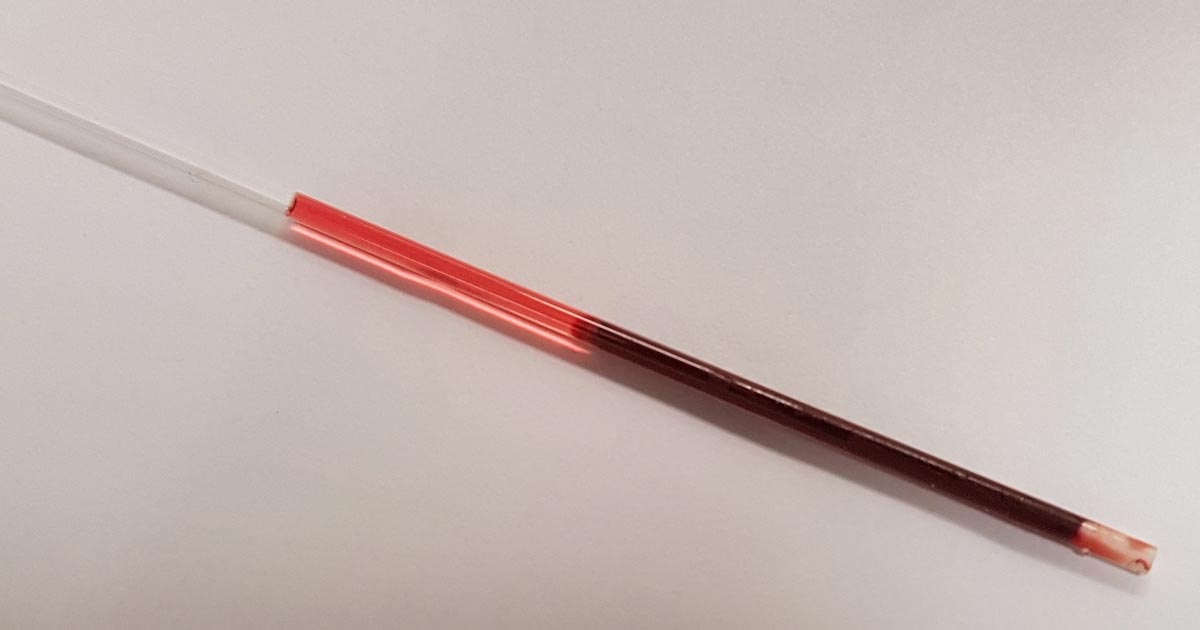
PCV/total solids interpretation: serum colour
—
by
When interpreting the often misinterpreted and underused PCV and total solids test, it is important to take note of the serum colour as this may give clues into the diagnosis. The most common abnormalities seen in clinic are icteric, haemolysed and lipaemic serum. Clear serum can also be of importance – especially when you interpret…
-

Pulse oximetry is great, but know its limitations
—
by
Pulse oximetry is a very useful diagnostic and monitoring tool that has become commonplace in veterinary clinics. It measures the percentage of haemoglobin saturated with oxygen, and is an indirect measure of arterial oxygen levels. However, here are several important points to help you understand the limitations of pulse oximetry. Causes for false readings Falsely…
